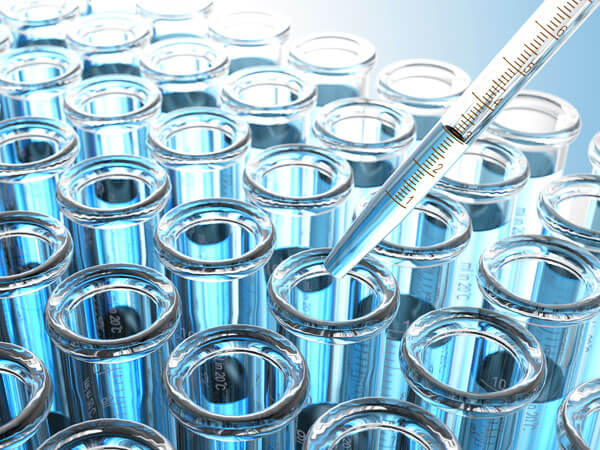Can light scattering give me particle sizes of multiple components in a complex solution?

Typically it is only possible to accurately determine particle sizes of different components in a complex solution if they are first separated by some kind of chromatography method then analyzed individually.
Light scatter detectors are routinely used in conjunction with Liquid Chromatography (HPLC) and Size Exclusion Chromatography (SEC) other separation technologies for this purpose.
It is important to note however that Light scattering is very heavily influenced by particle size and the relative abundance of different particles and this represents challenges for analyzing particle size in complex solutions.
Large particles scatter orders of magnitude more light than smaller ones. Practically what this means is that the output signal in a mixed solution will be more heavily weighted toward the signal scattered by the larger particles and it does not take many of them to completely overwhelm the signal for the smaller particles.
As such measuring complex solutions that have a wide range of particle sizes is generally not possible as smaller size particles will have their signal output compromised, even if highly abundant, by only a few relatively large particles.
This is also why it is necessary to ensure that the sample system is rigorously clean of dust and contaminating particles as only a few dust particles can create major distortions in the signal output.

